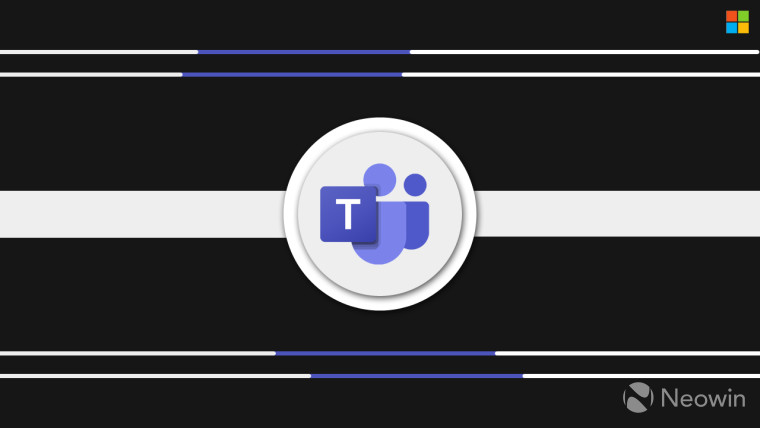
Microsoft Teams has been a highly successful product for the company. Even though the bundling of Teams with Microsoft 365 is currently the subject of an antitrust investigation by the European Union, the video and chat conferencing and collaboration service will likely be one of Microsoft's major products well into the future.
However, before the launch of Teams, and even before Microsoft bought the internet video service Skype, the company worked on a hardware video conferencing product that, in some ways was a bit ahead of its time.

It was called Microsoft RoundTable. No, it wasn't a product that turned people into members of King Arthur's knights (although that would be cool). Launched in 2007, it was a video conferencing product for physical meeting rooms. It included a 360-degree camera system. That camera system was able to send videos to remote meeting attendees that showed everyone in the room at the same time.

The cameras sat on top of a small pole connected to the base of the Roundtable, and it made the device look a little like the Martian spaceships in the 1953 movie adaptation of The War of the Worlds. Here's what Microsoft had to say about the RoundTable's features:
- Fully engage all participants in remote meetings. With its 360-degree camera and software that tracks the active speaker in meetings in real time, RoundTable enables remote meeting participants to converse and share information as if they were physically in the same room.
- Make remote collaboration easy. RoundTable plug-and-play functionality and full integration with Office Live Meeting make setup and use simple.
- Transform meetings into corporate assets. With RoundTable and Office Live Meeting, users can record meeting content for later use with one click. Users reviewing the content can at some later time see complete audio, video, and shared content, which enables them to fast-forward or rewind through the meeting on-demand.
The base unit used Windows CE as its operating system. It included an LCD touchscreen so users could configure the RoundTable. The product also came with a cover for the camera when it was not in use.
In its panoramic video, the resolution was 1,056 x 144. As Microsoft's description stated, the 360-degree camera system can track when a person in the meeting is speaking. That person was then the focus for the remote meeting with a separate window. The RoundTable also had six directional microphones.

In its review of the product at TMCNET, it's mentioned that the camera unit actually has five cameras in order to achieve that panoramic viewpoint. Furthermore, the cameras don't actually look directly at a person in the meeting. Instead, the cameras were positioned on the bottom of the stalk, and they pointed at triangular mirrors that actually looked at the people in the room.
It's not clear whether or not Microsoft offered the RoundTable for general availability to any customers, although an archived Microsoft product page stated that it was being tested by a number of businesses and government organizations. Estimates of the price of the device were over $3,000.
Even though the RoundTable was actually an ingenious product, it looks like Microsoft didn't want to sell it soon after it was announced. In 2009, a company called Polycom revealed that it had bought the rights to sell the RoundTable hardware from Microsoft. It renamed it The Polycom CX5000 HD and started selling it for $4,300. Later it released two more versions of the device based on the RoundTable technology.
With today's video conferencing methods, it might not make a lot of sense to create a product today that could take a panoramic video of a conference room. However, the Microsoft RoundTable was certainly an innovative, but pricey, solution to let everyone in a meeting see everyone else.















3 Comments - Add comment